Tijdens een inspirerend promotie-onderzoek en postdoc aan zowel de Universiteit van Padova, Stanford University en het Universitair Medisch centrum Goettingen, verwierf Massimo Sartori fundamentele kennis in computationele neuromechanica wat hem motiveerde fundamentele vragen over mens en machine interactie te beantwoorden. Prof.dr.ir. Sartori was gast redacteur voor IEEE Transactions on Biomedical Engineering en Frontiers in Computational Neuroscience en leidde onderzoeksactiviteiten in nationale en Europese projecten. Tussen 2014 en 2018 ontving hij de NIH- OpenSim Fellowship, de NCSRR Outstanding Research Award, een Marie-Skłodowska-Curie Individual Fellowship en een ERC Starting Grant, ERC Consolidator Grant and 2 ERC Proof of Concept Grants. Hij is momenteel een associate-hoogleraar aan de Universiteit van Twente en leidt een groeiende onderzoeksgroep.
Expertises
Computer Science
- Models
- Control
- Robotics
Medicine and Dentistry
- Muscle
- Electromyography
- Joint
- Exoskeleton
Engineering
- Joints (Structural Components)
Organisaties
Publicaties
2025
2024
Onderzoeksprofielen
Verbonden aan opleidingen
Vakken collegejaar 2025/2026
Vakken in het huidig collegejaar worden toegevoegd op het moment dat zij definitief zijn in het Osiris systeem. Daarom kan het zijn dat de lijst nog niet compleet is voor het gehele collegejaar.
- 193640010 - Capita selecta BME
- 193640999 - Internship BME
- 193650999 - Masters Assignment
- 195799152 - Internship
- 201100179 - Graduation Project
- 201400462 - Internship S&C
- 201600187 - Individual Project
- 201800156 - Biomechanics of human movement
- 202000249 - Master Graduation Assignment
- 202000250 - Internship
- 202200116 - Capita Selecta Robotics
- 202200119 - Academic Skills Project
- 202200120 - Internship ROB
- 202200122 - MSc-Thesis Project
- 202300349 - Internship ROB / ME
- 202400318 - M12 BSc Opdracht BMT
- 202500385 - Internship ROB / AM
Vakken collegejaar 2024/2025
- 191150460 - Biomechanical Eng. - Capita Selecta
- 191199198 - Master Graduation Assignment
- 193640010 - Capita Selecta BME
- 193640999 - Internship BME
- 193650999 - Masters Assignment
- 195799152 - Internship
- 201100179 - Graduation Project
- 201200133 - Biomechatronics
- 201400462 - Internship S&C
- 201600187 - Individual Project
- 201800156 - Biomechanics of human movement
- 202000249 - Master Graduation Assignment
- 202000250 - Internship
- 202000670 - Bachelor Assignment
- 202200116 - Capita Selecta Robotics
- 202200119 - Academic Skills Project
- 202200120 - Internship ROB
- 202200122 - MSc-Thesis Project
- 202300349 - Internship ROB / ME
- 202400318 - M12 BSc Opdracht BMT
Lopende projecten
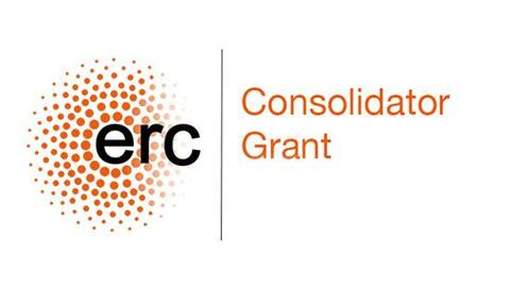
ROBOREACTOR: Robotic bioreactors for the longitudinal control of restorative remodelling in the human skeletal muscle
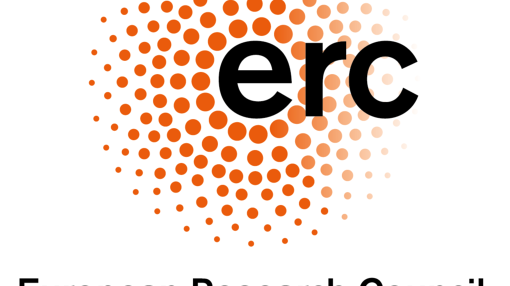
SMARTSENS
ERC Proof of Concept Grant: Smart wear for sensing the neuromusculoskeletal system during human movement in vivo
Neurological injuries such as stroke or spinal cord injury, leave 5 million people disabled worldwide annually, drastically impairing individuals' ability to move independently. The main element hampering efficacy of current neuro-rehabilitation procedures is the inability of sensing the activity of neural cells involved in the control of movement, along with the movement-generating mechanical force produced by innervated muscle-tendon units, in the intact moving human in vivo. Current technologies for sensing the neuromusculoskeletal system rely on expensive, large, and bulky sensing devices that can only be used in the highly controlled settings of research laboratories. Therefore, a wearable, rapid-to-wear system that could track function in a person’s motor neuron activity along with associated function in muscle, tendon and joint function would revolutionise current neuro-rehabilitation paradigms. SMARTSENS proposes a fully wearable, non-invasive solution to monitor a range of clinically relevant neuromuscular parameters, which currently could only be extracted in constrained laboratory settings via lengthy procedures. SMARTSENS enables measuring such information during daily life activities using a sensorised smart wear that is unobstructive and rapid to wear. This will enable continuous monitoring of the human neuromusculoskeletal system, which will disrupt current movement-measuring and diagnostic systems, by enabling causal understanding of the activity of neural and musculoskeletal structures in vivo at a resolution not considered before.
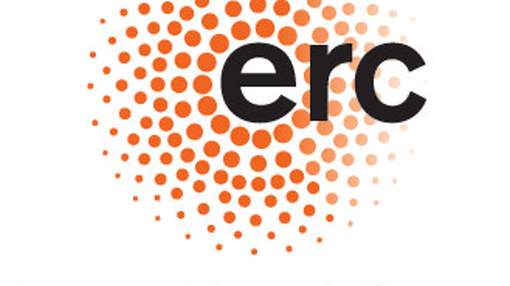
INTERACT: Modelling the neuromusculoskeletal system across spatiotemporal scales for a new paradigm of humanmachine motor interaction
INTERACT
Ieder jaar worden er miljoenen mensen door neurologisch letsel zoals een beroerte of ruggenmergletsel uitgeschakeld. Voor deze personen is herstel nog niet optimaal. De impact van de neurorevalidatiemachines van vandaag de dag wordt belemmerd door een beperkte kennis van hun fysieke interactie met het menselijk lichaam. Motorisch herstel kan alleen worden bereikt als positieve neuromusculaire aanpassingen gedurende een langere tijd worden gestuurd. Als we dergelijke aanpassing zouden kunnen voorspellen en beheersen om in de toekomst een positieve verandering teweeg te brengen, zou een nieuw tijdperk in revalidatie-robotica beginnen. INTERACT zal deze uitdaging aangaan door elektrische stimulatie van het ruggenmerg en de robot- exoskeletten te combineren met een nieuwe klasse van voorspellende multischaal modellen van het neuromusculaire systeem. Hierdoor kunnen robots autonoom de elektro-mechanische stimuli ontdekken die nodig zijn om de motorische functie in de loop van de tijd te herstellen. INTERACT zal fundamentele vragen over bewegingsneuromechanica via nieuwe beginselen van interactie tussen mens en machine beantwoorden, en heeft hiermee een brede impact op bio-engineering en robotica.
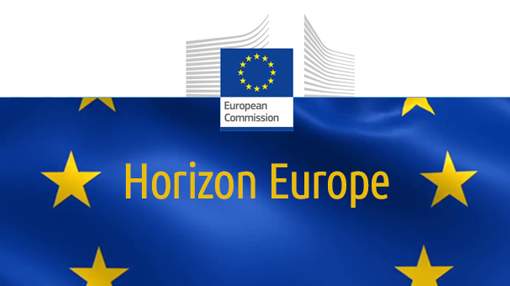
S.W.A.G.: Soft wearable assistive garments for human empowerment
Horizon Europe (CL4-Digital Emerging): Soft wearable assistive garments for human empowerment
Soft robotics has become one of the fastest growing fields over the last decade, and the development of technologies related to the associated modelling, sensing, actuation and control challenges has flourished as part of the field’s impetus. Soft robots have been demonstrated in diverse applications such as wearable devices, mobile or locomotive robots, as well as soft manipulators. Soft lower extremity exoskeletons ( “soft wearable robotics (SWRs)) are one of the most challenging research topics, and require multidisciplinary approaches involving diverse fields such as neuroscience, biomechanics, robot control, ergonomics and other fields. SWAG aims to explore a fundamentally new approach to engineering soft structures that omit fully rigid materials for inflatable ones made from high-strength fabrics and films when manufacturing human-assistive exoskeletal devices that target strainprone segments of the human body (i.e. lower body and core). Such soft wearable adaptive garments with actuation capabilities offer higher variable stiffness and force-to-weight ratios compared to other existing methods, and simultaneously entirely conform to each joint’s intricate kinematics. Because of this, new design approaches can be used as building blocks to realise complete assistance for multi-degree-of-freedom joints, such as the ankle or hip, by adapting flexible and conforming motions achieved by continuum robot designs. SWAG’s advances will demonstrated in 4 different application scenarios. The project brings together 13 partners from 5 EU countries and the UK. The partners consist of an interdisciplinary combination of leading academics with very strong track records in their respective fields. They are supported by RTOs with demonstrated capabilities of developing and validating application-driven solutions, as well as two commercial partners aiming to lead the exploitation of SWAG’s outcomes.
MyoStride: portable HDEMG-driven digital human twins in the clinical practice
In the Netherlands, 265,000 patients suffer every year from neurological or neuromuscular disorders, such as a stroke, spinal cord injuries or cerebral palsy. These conditions have a major impact on mobility due to, among other things, reduced muscle functions in the lower leg. Rehabilitation therefore focuses mainly on restoring these muscle functions and preventing further deterioration. However, the precise effectiveness of treatment cannot be properly measured. Practitioners can only rely on their observations, but have no insight into the activity of muscle groups. This leads to suboptimal and inefficient care. As a result, rehabilitation often takes longer than necessary and recovery is not optimal. The consortium wants to change this with the development of a wearable device to measure the activity of the muscle groups in the lower leg during rehabilitation. The basis for this is a prototype technology of a 'smart sock': the MyoStride. This was developed by TMSi, the Sint Maartenskliniek and the University of Twente in a previous ERDF project into a validated prototype at TRL level 5. They want to further develop and demonstrate this technology in this project, together with Moveshelf. The goal is to realize a new prototype that is, among other things, completely wireless, can be automatically calibrated and is integrated with the practitioner's IT systems. The developments are taking place in phases in the R&D departments of the SMEs involved and are tested in a practical setting in the Sint Maartenskliniek. In the first phase, the emphasis is on collecting additional data on the use of the technology in patients with a stroke, spinal cord injury, cerebral palsy or muscle disease. The developers use this data to improve the technology and test its suitability for these different patient groups. In the second phase, the new MyoStride will be used in at least 50 patients from these groups. The intended result is a proven and scalable technology, ready for medical certification. The intended technology makes it possible to accurately monitor the muscle activity of patients during a rehabilitation process in both rehabilitation clinics and physiotherapy practices. This gives the practitioners concrete insight into (the lack of) progress, so that they can adjust the treatments accordingly. Moreover, this ensures a much better transfer of data between the clinic and the physiotherapist. It is expected that the technology can prevent approximately 500,000 rehabilitation treatments annually and help save €20 million in healthcare costs.

SonoSkin: Wearable ultrasound for continuous monitoring and diagnostics
Voltooide projecten
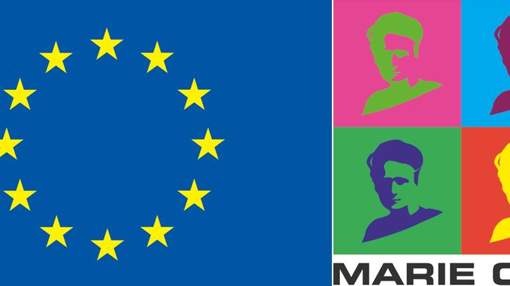
SimBionics
Neuromechanical Simulation and Sensory Feedback for the Control of Bionic Legs
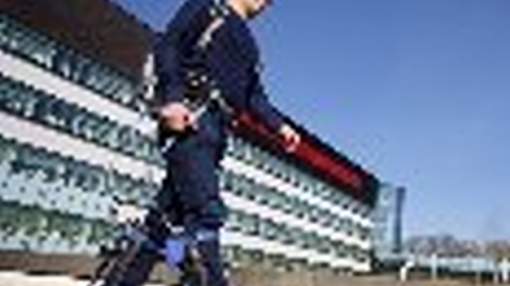
ExoAid: 'PERSPECTIEF' Programme in Wearable Robotics
https://www.wearablerobotics.nl
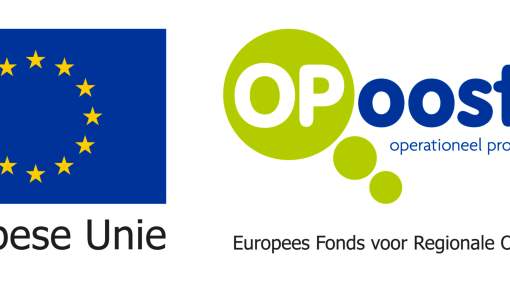
GUTS: Get under the skin
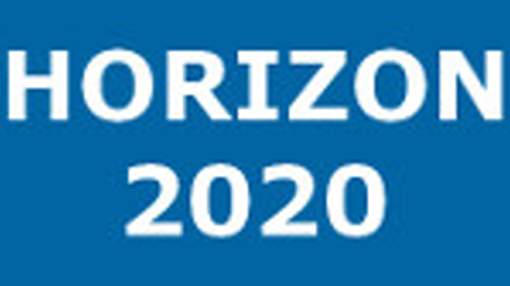
Electromyography-driven musculoskeletal modelling for biomimetic myoelectric control of prostheses with variable stiffness actuators
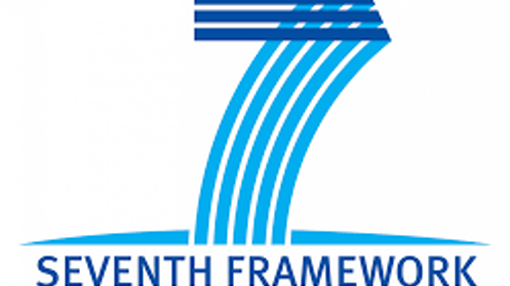
H2R: Integrative Approach for the Emergence of Human-like Locomotion
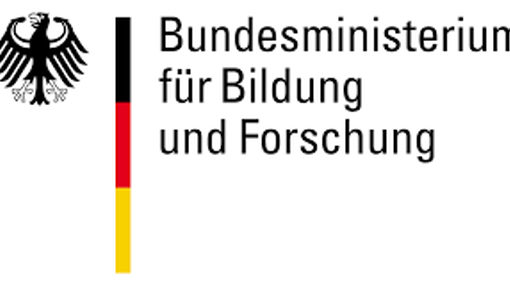
Intelligent Orthotics and Prosthetics for Enhanced Human-Machine Interaction (INOPRO)
https://foerderportal.bund.de/foekat/jsp/SucheAction.do?actionMode=view&fkz=13N14909
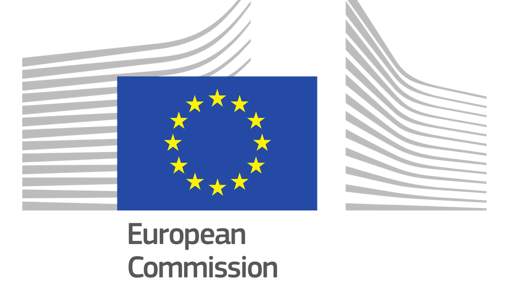
SOPHIA
Socio-physical Interaction Skills for Cooperative Human-Robot Systems in Agile Production
Adres
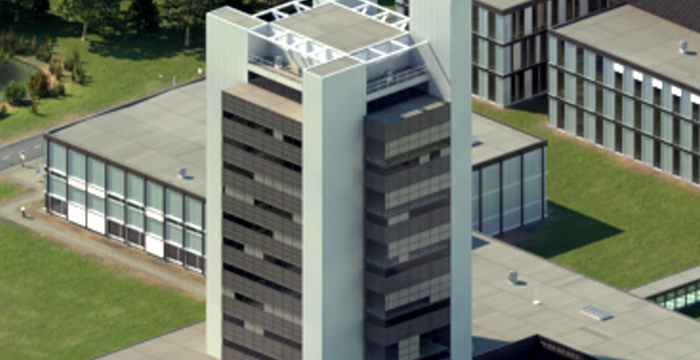
Universiteit Twente
Horst Complex (gebouwnr. 20), kamer W111
De Horst 2
7522 LW Enschede
Universiteit Twente
Horst Complex W111
Postbus 217
7500 AE Enschede